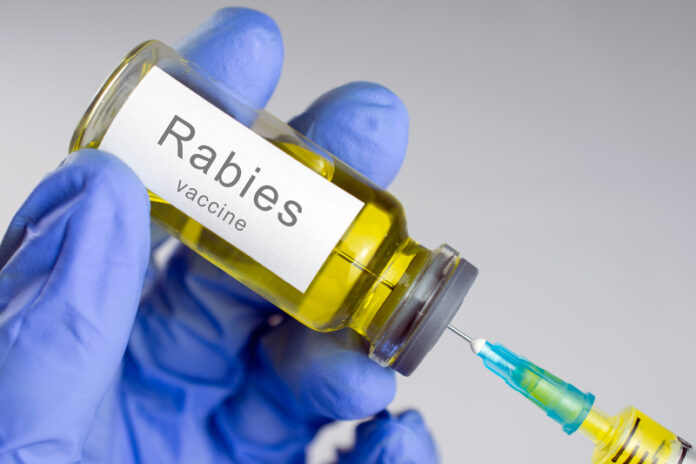Will County Health
The Will County Health Department and the Illinois Department of Public Health (IDPH) is reminding the public to be aware of the potential for exposure to rabies from infected animals. A rabid bat was recently detected in Elwood.
Bats are the most common source of potential rabies infection in Illinois, and exposures from bats tend to be more frequent during the summer months, especially July and August. Rabies can also be found in other wild animals, including raccoons, skunks, foxes, and coyotes.
According to IDPH, a rabid bat was also found in nearby Cook County.
“Rabies is a fatal but preventable disease,” said IDPH Director Dr. Sameer Vohra. “It is important that Illinois residents know how to prevent rabies exposure to protect themselves and their loved ones. Bats are the most common carriers of the rabies virus in Illinois but not the only carrier. Illinois residents should stay away from bats and any wild, unfamiliar, or stray animal, as well as any animal that appears to be sick. Groups of bats can move into people’s homes and that underscores the importance of knowing the ways of keeping bats out of your home.”
Rabies is a deadly virus that affects the brain and nervous system. People can get rabies from being bitten by an infected animal. Rabies can also be contracted when saliva from a rabid animal comes into contact with a person’s eyes, nose, mouth, or an open wound. If someone wakes up to find a bat in the room, that is also considered an exposure even if they cannot identify a bite.
A bat’s teeth are small, so someone who has been bitten by a bat may not know it or may be unable to communicate it (for example, very small children). That’s why it’s important that if you discover a bat in your home, you should avoid killing or releasing it; instead, immediately consult with your local animal control or your local health department to determine appropriate next steps. If you have been exposed to rabies, preventive treatment, known as PEP (postexposure prophylaxis), is necessary. But if the bat or wild animal can be safely captured and tested, and the test comes back negative, no preventive medication is required.
If you have been bitten by any wild animal, seek immediate medical attention. Animal bites may also become infected with bacteria. Rabies preventive treatment, if needed, must begin within a few days of the exposure.
An animal does not have to be aggressive or exhibit other symptoms to have rabies. Changes in any animal’s normal behavior can be early signs of rabies. A bat that is active during the day, found on the ground, or is unable to fly is more likely than others to be rabid. Such bats are often easily approached but should never be handled.
The following tips can help prevent the spread of rabies:
- Do not touch, feed, or unintentionally attract wild animals with open garbage cans or litter.
- Never adopt wild animals or bring them into your home. Do not try to nurse sick wild animals to health. Call animal control or an animal rescue agency for assistance.
- Teach children never to handle unfamiliar animals, wild or domestic, even if they appear friendly. “Love your own, leave other animals alone” is a good principle for children to learn to reduce the risk of exposures to rabid animals.
- Maintain homes and other buildings so bats cannot get inside.
- If a bat is in your home, do not release the bat outdoors until after speaking with animal control or public health officials.
- After consulting with animal control or public health officials, the bat may need to be captured for rabies testing to determine if you need preventive treatment or if your pet may have been exposed.
Steps you can take to capture the bat if animal control is not available:
- When the bat lands, approach it slowly, while wearing thick gloves, and place a box or coffee can over it.
- Slide a piece of cardboard under the container to trap the bat inside.
- Tape the cardboard to the container securely, and punch small holes in the cardboard, allowing the bat to breathe and call animal control.
You can find more information about rabies and how to prevent exposure at the Illinois Department of Public Health website: Rabies (illinois.gov).



